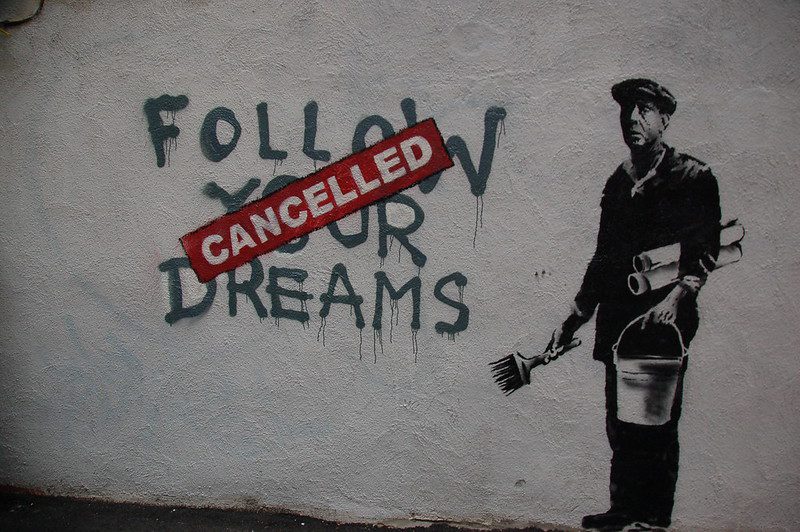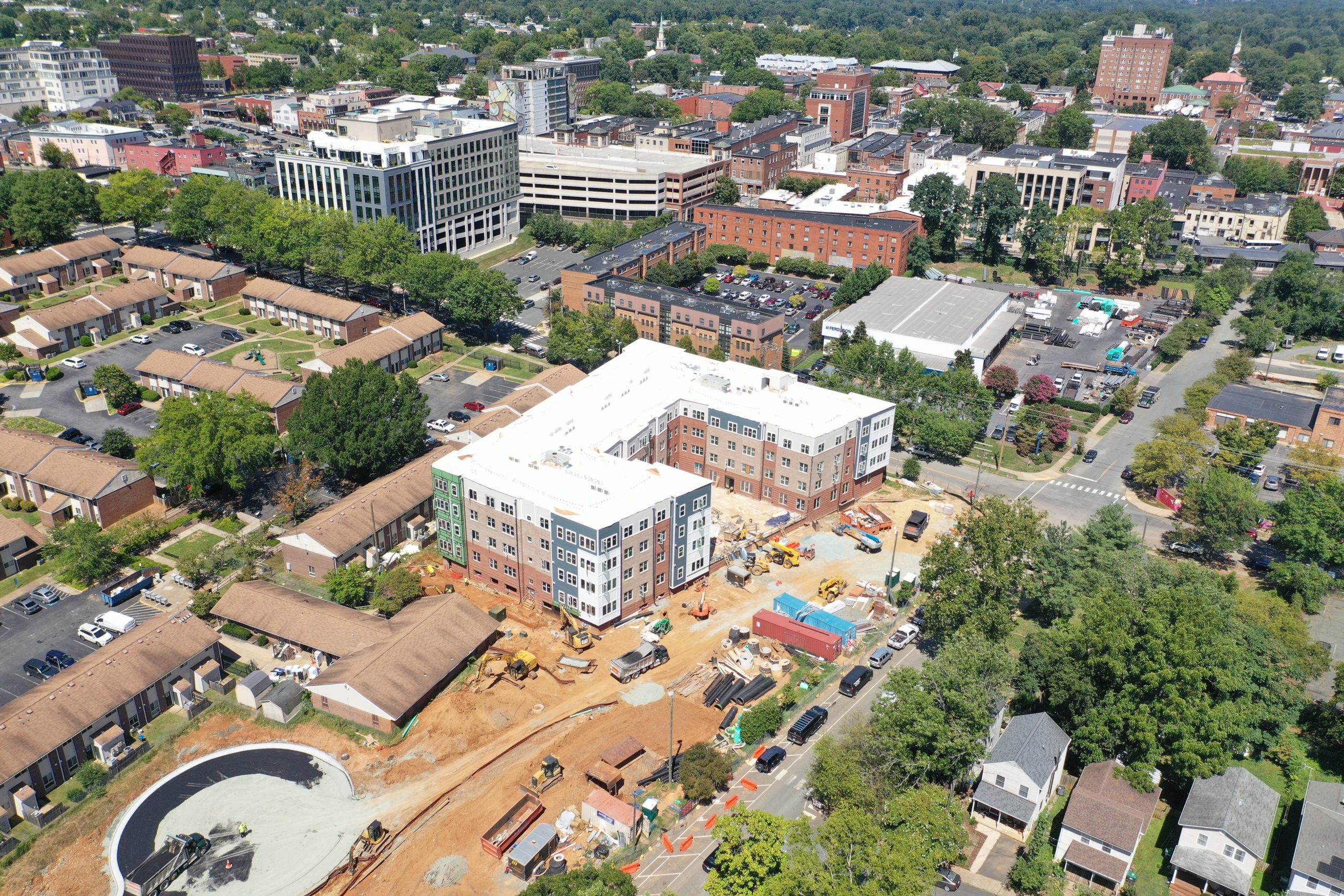On January 22 I spoke at a Capitol Hill briefing entitled “A Compact for Home Opportunity: What America Can Do to Stop Foreclosures, Restore Communities, and Fulfill the American Dream.” Sponsored by The Opportunity Agenda, the National Council of La Raza, and the Leadership Conference on Civil and Human Rights, the forum brought together experts from the Home for Good Campaign with congressional staffers working on national housing and economic policy issues.
The other speakers and I addressed a very full room. Here’s what I said:
It’s a pleasure to be with you today to talk about Home Opportunity—that idea, so fundamental to the American Dream, that everyone should have access to an affordable home under fair and sustainable terms, and that what you look like, where you hail from, what accent you have, should be no obstacle to fulfilling that dream.
Repairing Home Opportunity as we recover from a deep recession must include preventing needless foreclosures, restoring devastated communities, protecting fair housing and lending, and ensuring that homeownership is accessible to future generations. My organization, The Opportunity Agenda, and the Home for Good Campaign of which we are a part, stand ready to assist you in any way we can to pursue that vision.
We offer a wealth of resources to aid you and your offices in this work. I want to highlight, in particular:
-
The Compact for Home Opportunity, which offers dozens of concrete solutions and is backed by a range of experts and organizations; -
A status report on that compact, which is hot off the presses and indicates where we’ve made progress and where the journey is unfinished; and -
• A message memo on home opportunity that sets out the best ways of talking about these issues, including with skeptical audiences.
In my comments today, I want to make four points:
-
First, home opportunity remains in crisis for millions of Americans, for thousands of communities, and for our nation and economy as a whole. -
Second, the crisis is not only widespread, but also highly unequal in its impact, with some communities being especially hard hit, and in ways that violate our nation’s core values of fairness. -
Third, and fortunately, concrete, practical solutions exist that can address the crisis today while investing in greater and more equal opportunity into the future. -
And fourth, how we talk about the problems and solutions is extremely important to seeing them adopted and implemented.
So first, the crisis. Because you’re here today, I assume that you understand that the home ppportunity crisis is urgent, so I want to just touch briefly on some facts that illustrate the problem.
The mountainous tally of foreclosures continues to rise. In addition to the 4 million American homes on which banks have foreclosed since the financial crisis began, nearly three million loans today are in or near foreclosure, and almost 11 million homeowners are seriously underwater. That’s millions of children displaced and at risk, senior citizens robbed of their security, and communities pockmarked with abandoned and blighted properties. And, importantly, some 40 percent of American families who face eviction because of foreclosures are renters—so the problem goes beyond homeowners.
This adds up to a tremendous loss of wealth that’s still growing and holding our economy back. Americans have lost $7 trillion of equity in their homes since the start of the Great Recession. And in addition to direct effects, foreclosures are also decreasing the values of surrounding properties—almost $2 trillion in home equity has been lost by property owners who live in proximity to foreclosed homes. With lower home values, families have fewer assets for retirement, for college tuitions, to start and grow small businesses, or to pay medical bills.
And the cost to cities, towns and states is mounting as well. Local governments have to spend time and money on maintenance, inspections, trash removal, increased public safety demands and code enforcement. And also for basic human needs like transitional assistance, shelters, and safety net support to families. The typical foreclosure in California, for example, costs local governments more than $19,000.
Second, unequal opportunity and, frequently, discrimination, remain an important part of this crisis. As early as 2006, a report by The Opportunity Agenda and others found that sub-prime lenders were targeting communities of color for risky subprime loans, including many who qualified for standard 30-year fixed mortgages. Within that subprime market, borrowers of color were more than 30 percent more likely to receive a higher-rate loan than were white borrowers, controlling for creditworthiness.
Since that time, a mountain of lawsuits by the U.S. Department of Justice has revealed a pattern of discriminatory lending by some of the nation’s biggest institutions: Bank of America/Countrywide, Wells Fargo, AIG, PrimeLending, and others have settled discrimination suits with the federal government for racial and ethnic bias in terms, fees, rates, servicing, and availability of mortgages. Separately, the National Fair Housing Alliance found that banks are not adequately maintaining foreclosed properties that they own in general, and that they most frequently neglect their properties in communities of color. And finally, residential segregation is still a persistent problem that is worsening the housing crisis, and that is often subsidized or deepened by government.
Not surprisingly, this has led to a harsh and unequal impact on families of color. The Pew Research Center estimates that Latinos, Asian Americans, and African Americans have experienced wealth losses of 66 percent, 54 percent, and 53 percent respectively, compared to 13 percent for whites. For African Americans in particular, some economists are predicting that this crisis will result in the greatest loss of wealth since the end of Reconstruction.
Third, and fortunately, we have solutions to these problems. The best of them are included in the Compact for Home Opportunity. The compact sets out specific actions for Congress, the administration, state and local governments, and private industry, alongside the American People. And with the compact comes a cadre of experts—some of whom are here with us today—who stand ready to work with you to move this agenda forward.
The Compact is divided into five main categories of solutions:
-
Preventing foreclosures. -
Ensuring fair and sustainable mortgages. -
Restoring neighborhoods. -
Rebuilding economic security. -
Fostering fair housing and lending.
The recommendations are supported by research and experience—hence the 89 footnotes—and they are endorsed by a wide coalition of groups and individuals across the country—The Home for Good Campaign.
We released the compact one year ago, and we are providing you today with a status update—which is hot off the presses—gauging the progress that’s been made since then. As you’ll see, there’s some good news: There’s been significant progress on several fronts, particularly as a result of the mortgage settlement by state attorneys general and the administration with five big banks; the scaling up of the Consumer Financial Protection Bureau; and the action of states like California that have taken up new consumer protections and remedies.
But there is a long way still to go. And I have to point out that, unfortunately, Congress has made the least progress in responding to this crisis.
We are also still waiting for fair housing regulations from the Department of Housing and Urban Development. And the Treasury Department has failed, through multiple administrations, to adopt any regulations implementing the Civil Rights Act of 1964 or the Fair Housing Act of 1968, a half-century after those laws were passed. Today, one-day after we celebrate Dr. Martin Luther King, Jr.’s birthday, it’s time to move forward on that front.
Finally, how we talk about home opportunity has a profound impact on our ability to achieve it.
As you know, there’s a competing, inaccurate narrative out there that irresponsible homeowners and Big Government somehow caused the crisis and that, therefore, it should be allowed to run it’s course, whatever the human and economic consequences. Lower-income Americans, people of color, and the Community Reinvestment Act most often get blamed in that false narrative. To move real solutions forward, we have to see that the accurate, positive, home opportunity narrative prevails.
Our message memo for advancing Home Opportunity is supported by public opinion research, but also by experience in the field, and by the voices of people and communities around the country.
The narrative has five core elements:
-
It leads with values—particularly opportunity, economic security, and the common good. -
It states the real causes of the crisis—abuses by lenders and Wall Street and inadequate rules and enforcement. Those combined, of course, with record long-term unemployment. -
It emphasizes the shared harms of the crisis: That we are all in it together; not only those who have lost or are losing their homes, but also neighbors and communities, cities and towns, and our nation as a whole. -
It lifts up solutions and American ingenuity: That we have it within our power as a nation to get homeownership and our economy back on track, and that we have effective solutions at hand. -
And it calls for action.
The more we can repeat that compelling and accurate story in different forms and in different venues, the more likely we are to leverage public opinion to address the problem.
To conclude, I hope that you will use the resources that we are offering, that you’ll take a leadership role in advancing the compact, and that you will call on us to help move the nation forward.





Comments